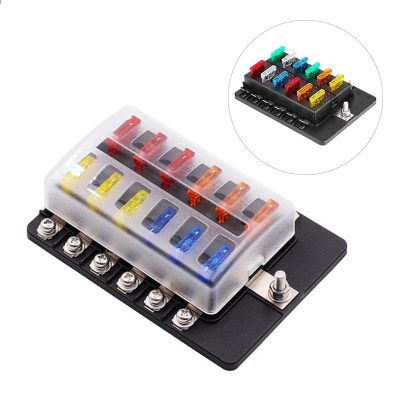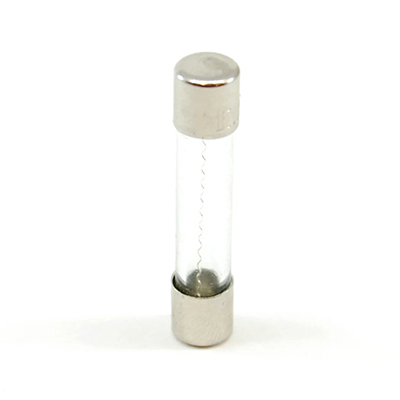Current Methods for Storing Fuses to Preserve Performance and Lifespan
News 2025-10-24
Fuses are critical components in electrical systems, protecting circuits from overcurrent and preventing damage. Proper storage is essential to maintain their reliability and extend their operational life, as environmental factors can degrade materials and affect performance. In industries like automotive, aerospace, and consumer electronics, ensuring fuses remain in optimal condition is vital for safety and efficiency. This article explores effective storage strategies that address common challenges, helping professionals safeguard these components against premature failure.
Ideal Storage Environments
Fuses should be stored in controlled environments to minimize exposure to elements that cause degradation. Temperature control is key; maintaining a range of 10°C to 25°C prevents thermal stress that can alter fuse materials. Humidity levels below 50% relative humidity are recommended to avoid moisture absorption, which leads to corrosion in metal parts. Using sealed containers or desiccants can further protect fuses from contaminants, ensuring they retain their electrical properties for critical applications in high-reliability sectors.
Key Application Scenarios
In practical settings, these storage methods are applied across various industries to enhance system longevity. For instance, in automotive manufacturing, fuses are stored in climate-controlled warehouses to withstand vibrations and temperature fluctuations during assembly. In aerospace, where components face extreme conditions, proper storage prevents failures that could compromise flight safety. Similarly, in renewable energy systems, such as solar inverters, maintaining fuse integrity through controlled storage ensures consistent performance under varying environmental stresses, reducing downtime and maintenance costs.
Advantages in Performance and Lifespan
Adopting these storage techniques offers significant benefits, including enhanced reliability and extended service life. By reducing exposure to oxidative factors, fuses maintain lower resistance values, leading to more accurate current interruption and better protection in circuits. This approach also minimizes the risk of latent defects, improving overall system efficiency in demanding applications. Consequently, industries see cost savings through fewer replacements and higher operational uptime, making these methods a standard practice for sustaining high-performance electronics.
Frequently Asked Questions
1. What temperature range is best for fuse storage?
A stable range of 10°C to 25°C helps prevent material degradation and ensures reliable performance.
2. How does improper storage affect fuse lifespan?
Exposure to high humidity or extreme temperatures can cause corrosion or cracking, significantly shortening lifespan and increasing failure rates.
3. What storage materials are recommended for fuses?
Use anti-static bags or sealed plastic containers with desiccants to shield fuses from moisture and electrostatic discharge, preserving their integrity.


